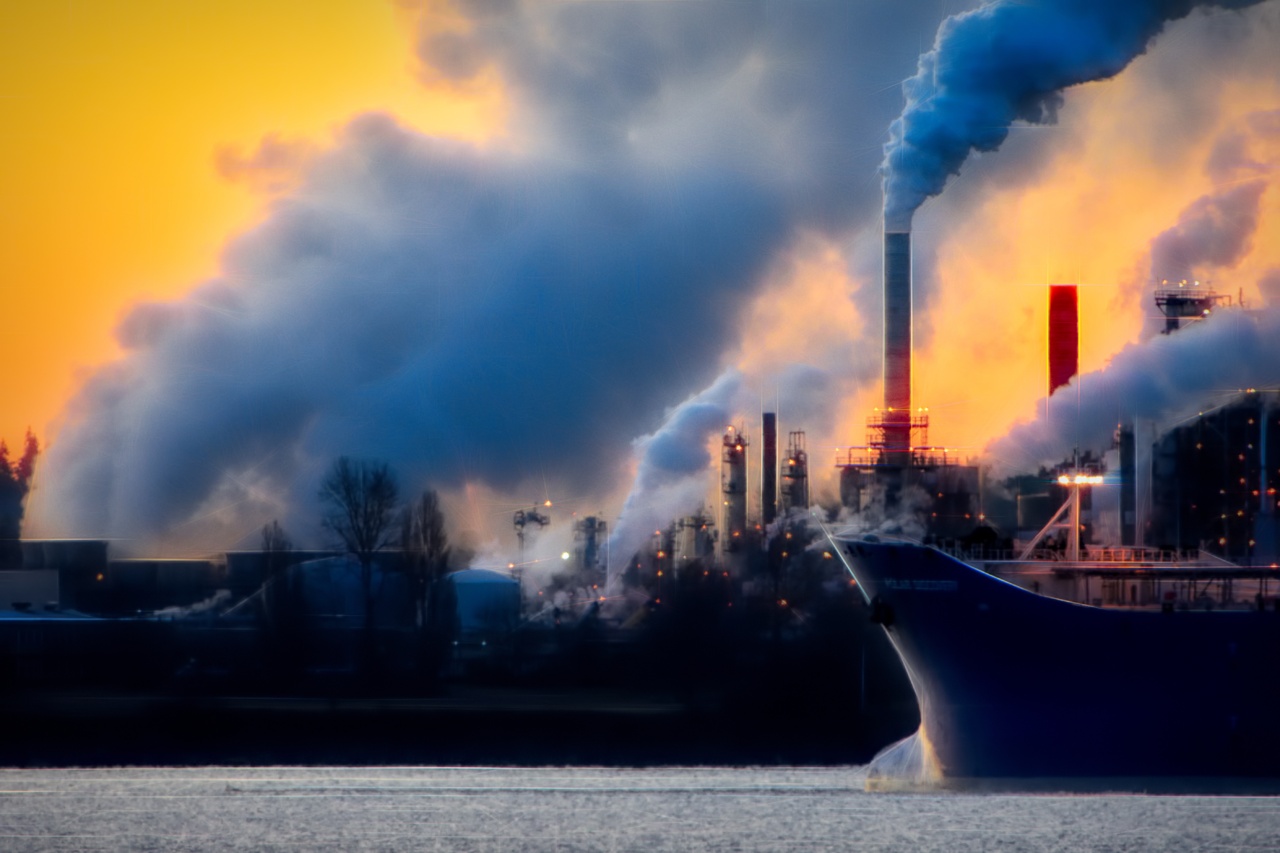The global problem of atmospheric pollution has caused the death of approximately half a million newborn babies in just one year, according to a recent report conducted by the State of Global Air.
The report claims that these babies did not live long enough to even take their first breath and the numbers are predicted to rise in the following years.
What is Atmospheric Pollution?
Atmospheric Pollution, also known as air pollution, is the presence of harmful gases, particles, and other pollutants in the air that we breathe.
Some of the major sources of air pollution include industrial emissions, transportation, and burning of fossil fuels. The pollutants present in the air can have a serious impact on human health, particularly on the respiratory system.
Impacts of Atmospheric Pollution on Newborns
According to the State of Global Air report, newborn babies are particularly vulnerable to the impacts of atmospheric pollution.
Research shows that exposure to air pollution during pregnancy can result in preterm birth, low birth weight, and even stillbirth. In addition, the effects of air pollution on developing fetuses can lead to long-term respiratory problems, including asthma and other chronic lung diseases.
The report also notes that the problem is not limited to developing countries.
Although babies in developing countries are more affected due to lack of access to clean air, even in developed countries, polluted air can still result in significant health impacts on newborn babies.
Measuring Atmospheric Pollution
Atmospheric pollution can be measured using several parameters, including PM2.5 and PM10, both of which refer to the size of particles present in the air.
PM2.5 refers to particles that are less than 2.5 microns in size, while PM10 refers to particles that are less than 10 microns in size.
The State of Global Air report states that more than 90% of the world’s population is exposed to pollution levels that exceed the recommended limits set by the World Health Organization (WHO).
This alarming statistic indicates that atmospheric pollution is an issue that needs immediate attention, as it is affecting a large portion of the global population.
Saving Newborns from Atmospheric Pollution
Considering the deadly effects of atmospheric pollution, it is important to take steps to reduce and control it.
Governments and organizations around the world are taking measures to reduce pollution levels, including the promotion of clean energy sources, the introduction of environmental policies, and strengthening of regulation to control emissions.
Individuals can also contribute to reducing atmospheric pollution by switching to clean energy sources, investing in energy-efficient homes and appliances, and reducing the use of personal vehicles.
Small steps can make a big difference in improving air quality and ultimately, saving newborns from the harmful effects of atmospheric pollution.
The Future of Newborns in a Polluted World
The State of Global Air report predicts that the number of newborns affected by atmospheric pollution will continue to rise in the coming years, if measures are not taken to control and reduce pollution levels.
The report also emphasizes that newborn babies in developing countries are more affected compared to those in developed countries.
Therefore, it is essential that global efforts are taken to reduce atmospheric pollution and improve air quality.
Through collective efforts and commitment, we can reduce the number of newborns affected by atmospheric pollution, and create a healthier and safer future for our children and generations to come.
The Final Word
The impacts of atmospheric pollution on human health are devastating, particularly on newborns who are vulnerable to the harmful effects of air pollution right from the earliest stages of development.
The State of Global Air report delivers a clear message that atmospheric pollution is a global problem that requires immediate attention to reduce pollutant levels and save the lives of newborns.

























